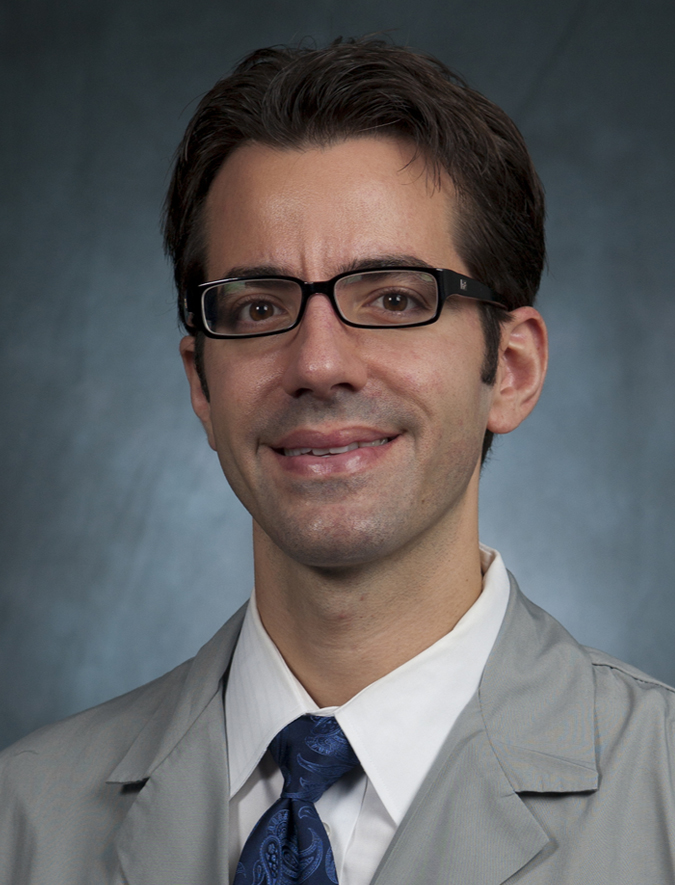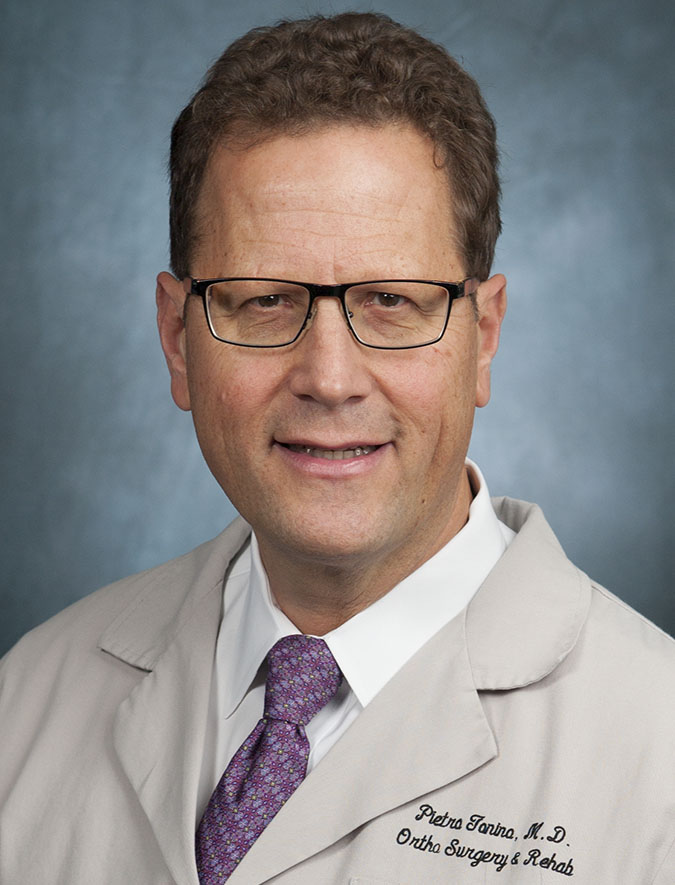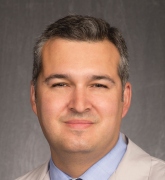Improving the Safety of Shoulder Arthroscopy in the Beach-Chair Position: A Prospective Randomized Trial Investigating the Effect of Compression Stockings on Cerebral Desaturation Events in High Risk Patients. Journal Article
Local Library Link: Find It @ Loyola
| Authors: | Golz, AG; Davis, WJ; Perry, MW; Tonino, PM; Garbis, NG; Salazar, DH |
| Article Title: | Improving the Safety of Shoulder Arthroscopy in the Beach-Chair Position: A Prospective Randomized Trial Investigating the Effect of Compression Stockings on Cerebral Desaturation Events in High Risk Patients. |
| Abstract: | BACKGROUND: Devastating transient and permanent postoperative neurocognitive complications in previously healthy, low risk patients have been observed after elective shoulder arthroscopy in the beach chair position (BCP). Continuous monitoring of cerebral oxygen saturation has been recommended to identify cerebral desaturation events (CDEs) and improve patient safety. However, the relatively high cost and limited availability of monitoring may not be cost-effective. More cost-effective and available measures, including the use of thigh-high compression stockings (CS), have been investigated. However, efficacy data of CS usage is limited, especially for obese patients, who have been shown to be at increased risk for CDEs. The purpose of this was study was to determine if the intraoperative addition of thigh-high compression stockings decreases the incidence, frequency, and magnitude of CDEs in obese patients undergoing shoulder arthroscopy in the BCP. METHODS: Thirty-three patients in the treatment group wore both thigh-high compression stockings (CS) and sequential compression devices (SCDs), and the remaining 33 patients in the control group wore SCDs alone. Cerebral oximetry was monitored during surgery using near-infrared spectroscopy. RESULTS: The incidence of CDEs was equal between groups, with 9 patients (27%) in each experiencing desaturation events. The median number of CDEs per patient was 3 for the control group and 1 for patients wearing CS (p = 0.286). There was no difference between groups in terms of median time from induction of anesthesia to onset of CDE (p = 0.791), median time from upright positioning to onset of CDE (p = 0.596), mean CDE duration per patient (p = 0.216), and median cumulative CDE duration (p = 0.185). The median maximal desaturation from baseline was also not different between groups: 27.6% in the control group and 24.3% in the treatment group (p = 0.354). CONCLUSION: The combination of thigh-high CS and SCDs did not decrease the incidence, frequency, or magnitude of CDEs in patients undergoing shoulder arthroscopy in the BCP. Twenty-seven percent of patients undergoing shoulder arthroscopy in the BCP demonstrated cerebral desaturation events with or without the use of CS. Therefore, further research is required to identify cost-effective, minimally invasive, and universally available methods of decreasing the incidence of CDEs during this common surgical procedure. LEVEL OF EVIDENCE: Level I; Randomized Controlled Trial; Treatment Study. |
| Journal Title: | JOURNAL OF SHOULDER AND ELBOW SURGERY |
| Publisher: | Unknown |
| Date Published: | 2020 |



